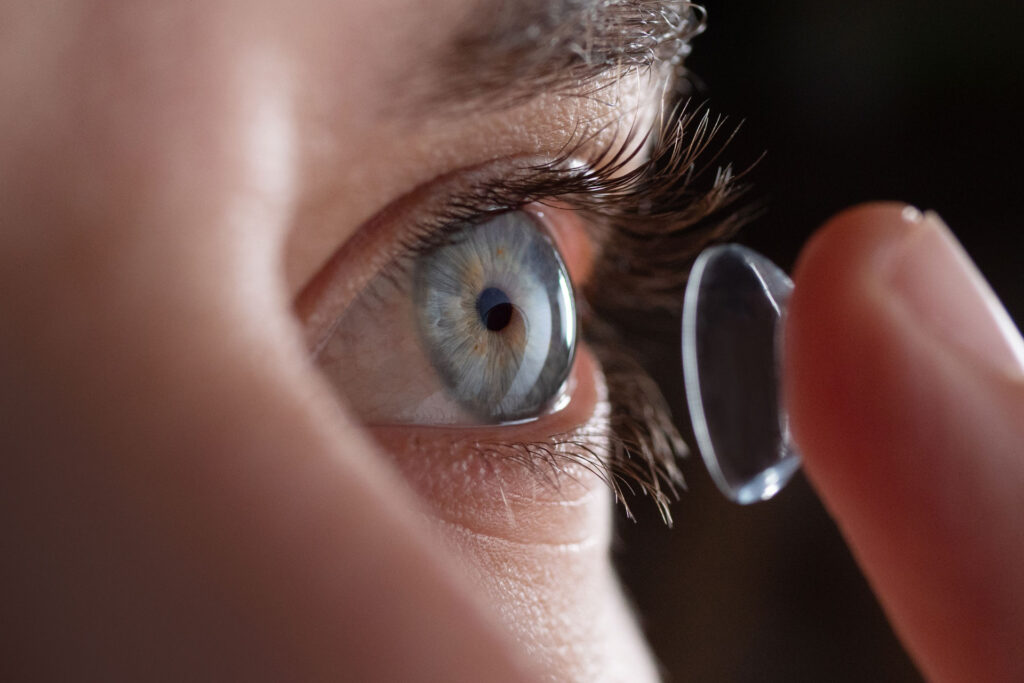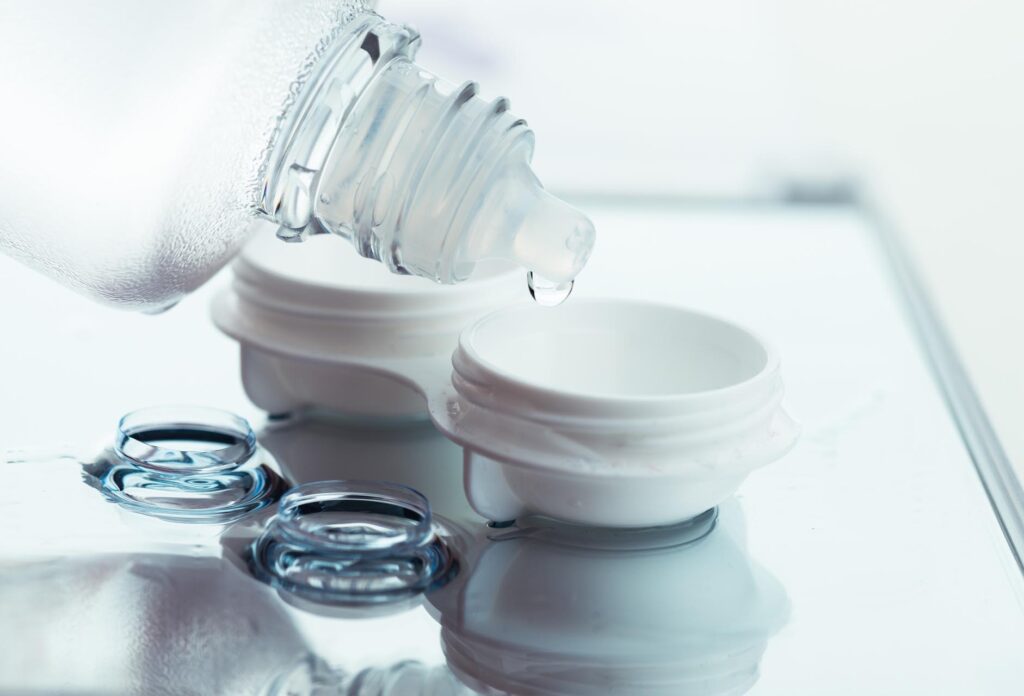Contact Lenses
What are contact lenses?
When it comes to eyes, contact lenses should also be discussed. But what exactly can those affected imagine by the term? In short, these are optical aids that belong to the general visual aids. They are, so to speak, an alternative to the well-known glasses and help to compensate for certain visual impairments. A main distinction is made between:
What is special about them is that they do not lie directly on the cornea. They rather swim on the fine protective film. If you want to recognize them, you have to look the person in the eye. Similar to glasses, they are able to correct refraction errors. They are often taken as a welcome alternative to glasses in particular. Those who wear them can benefit from better freedom of movement around the head area. But the purchase can also be worthwhile for optical reasons.
Furthermore, contact lenses offer several advantages. But in the event of an infection at the end, the glasses should always be within reach. If you want to remain completely independent of all visual aids, you have to undergo a surgical procedure. As already mentioned, various errors can be corrected by wearing them. In addition to nearsightedness and farsightedness, astigmatism must not be forgotten. It is used for irregularities in the cornea. Even in the absence of the lens, they are used. Incidentally, people over 40 can also correct their presbyopia in this way.
For these reasons, a summary of the most important advantages:
-
increases the feel-good factor
-
can be used flexibly
-
boosts self-confidence
-
no slipping possible
-
sharp vision in every situation
-
no reflections / interference from light incidence
-
cannot be scratched or fogged
-
good UV protection for the eyes
-
improves freedom of movement, e.g. during sports
What types are available?
Different visual impairments can be corrected by using lenses. It doesn’t matter whether it’s a matter of shorter or longer visual paths. But lenses are available in different sizes and types. On the whole, a distinction is made between the following models today:
1) hard / rigid lenses
The differences are mainly based on the wearing properties. Hard lenses, for example, also belong to the category of dimensionally stable lenses and do not require tear fluid. They are particularly suitable for people with dry eyes.
Dimensionally stable lenses are able to compensate for errors in the curvature of the cornea. Astigmatism and keratoconus are well known. With proper care, they can be worn for many years. Although they do not trigger allergies, the adaptation itself takes a long time. Wearing it in areas where there is a lot of dust is quite problematic.
2) soft/flexible lenses
Flexible lenses are somewhere between soft and hard. They are oxygen permeable and help correct most ametropia. However, their stable form is flexible and is well tolerated after an individual adjustment period.
The question is often asked which of the lenses is more worthwhile. Soft or flexible lenses have the advantage that the adaptation time is particularly short. They are particularly suitable for sports such as football, handball, etc. However, they require more intensive care and must be replaced more frequently than other variants. When swimming and the like, allergies can occur. If you still don’t want to wear lenses, you can still resort to surgery such as lasers.
Customization, Risks and Controls
Contact lenses for the eye need a certain adjustment time. Depending on the model mentioned above, this can sometimes be faster and sometimes slower. Basically, the time is no more than a few days. Only stable-form variants can take several weeks. Regular cleaning is important when wearing. This is especially true for the soft models. Certain lenses should only be worn during the day. Otherwise, after a certain time, they start to stick uncomfortably to the eye. More information on the correct care and wearing method can be obtained from the responsible optician or ophthalmologist. Infants as well as children are also able to wear lenses.

